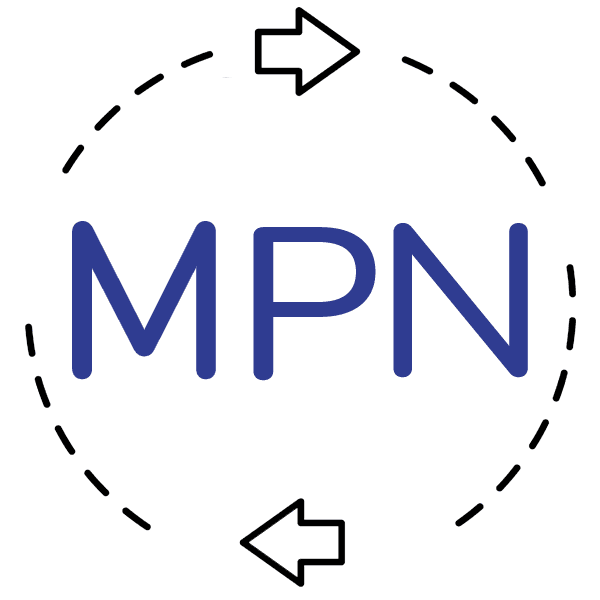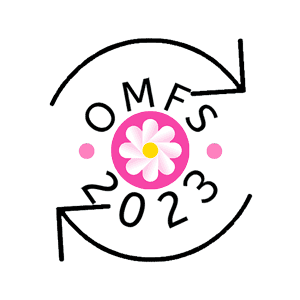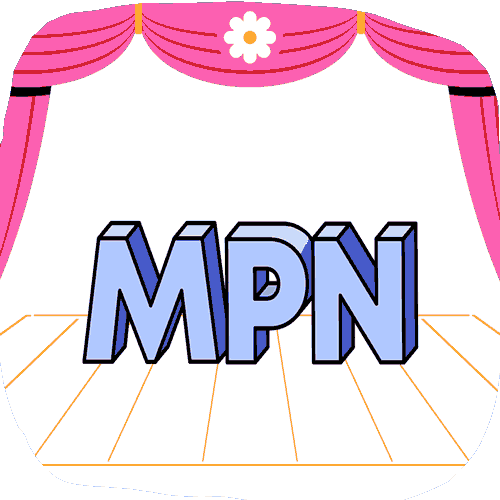Mirage Provider Networks: Sedgwick Can't Identify MPN

At this point, Medical Provider Networks (MPNs) can feel like little more than a cruel joke, offering seemingly ephemeral benefits to providers while exacting a heavy toll in the form of Preferred Provider Organization (PPO) discounts.
For example, in an attempt to find some justification for discounts taken from a provider’s bill, daisyBill posed a simple question to Third-Party Administrator (TPA) Sedgwick: which MPN applies to this injury?
Over an hour on hold, multiple voicemails, an online chat, and a call to a disconnected phone number for MPN information failed to produce an answer. This is because the MPN system is opaque, despite the fact that California requires MPN information to be available and accessible.
If you’re a California doctor considering signing a PPO discount contract to maintain MPN membership, read the story below and ask yourself: are the benefits real, or a mirage?
Sedgwick/New Hampshire Insurance Apply Mystery Discounts
When the Explanation of Review (EOR) below came back from Sedgwick in response to the provider’s bill, we couldn’t help but question the validity of the discounts applied.
For common procedure codes CPT 99214 and WC002, the provider billed a total $205, per the Official Medical Fee Schedule (OMFS). Yet Sedgwick applied “Network Reductions” totalling $106.23, paying less than half the OMFS amount.
As we’ve explained many times before, doctors usually accept PPO and other network reductions under threat of exclusion from the insurer’s (or self-insured employer’s) MPN. To determine what — if any — benefit this 52% reimbursement reduction could possibly represent, we have to start by asking which — if any — MPN applies to this bill.
California Labor Code Section 4616(d) mandates that:
“In developing a medical provider network, an employer or insurer shall have the exclusive right to determine the members of their network.” [emphasis added]
Theoretically, membership in the right MPN entitles this provider to treat the patients covered by this employer’s insurer. But in our experience, the “MPN” that applies to a given bill is often:
- Non-existent
- Not approved by the Division of Workers’ Compensation (DWC)
- Maintained by one of many nebulous “entities” providing “physician network services,” even though California regulations allow only employer and insurers to determine which providers may treat their injured workers
As it turned out, the MPN question was an extremely difficult one for Sedgwick.
Sedgwick Provides Disconnected MPN Phone Number
Before reaching out to Sedgwick to determine the MPN, daisyBill agents first turned to the DWC’s online MPN list. The DWC list is notorious for its often incomplete and out-of-date information, and for providing little help by way of confirming any given provider’s membership in any given MPN. But as regular readers of this blog know, we’re nothing if not sunny optimists.
When we searched for MPNs maintained by the insurer, New Hampshire Insurance Company, the DWC list produced three different results, any one of which theoretically could apply to the employer in this case, UnitedHealth Group.
To determine which of the three — again, if any — applied to this bill, our agent called Sedgwick, which functions as the TPA for the insurer in this case. Here’s how that went:
- Sedgwick placed our agent on hold for 1 hour, 12 minutes.
- The Sedgwick representative, when asked for the applicable MPN, erroneously named “Coventry Pend and Transmit Multiplan” — none of which are MPNs under New Hampshire Insurance or UnitedHealth Group.
- When informed of their error, the Sedgwick representative instructed our agent to call the adjuster.
daisyBill also sought answers from a Sedgwick representative online. In an awkward chat with Sedgwick’s representative and its chatbot, both of whom were equally uninformed, our agent asked for contact information for the legally mandated MAA (Medical Access Assistant) or MPN contact.
When we called the MAA phone number provided by Sedgwick’s online representative, an automated message played stating the number was disconnected.
As of this writing, daisyBill has placed three separate calls on three separate dates to the Sedgwick adjuster assigned to this case, leaving a voicemail each time — with no response. We’ll be surprised to hear back, and even more surprised if Sedgwick hasn’t once again saved itself some dough based on an imaginary MPN.
Workers’ comp can work for providers. daisyBill software, data, and expertise makes billing easier, faster, and less costly. Request a free demonstration below.
REQUEST DEMO
DaisyBill provides content as an insightful service to its readers and clients. It does not offer legal advice and cannot guarantee the accuracy or suitability of its content for a particular purpose.
.gif)


.gif)
